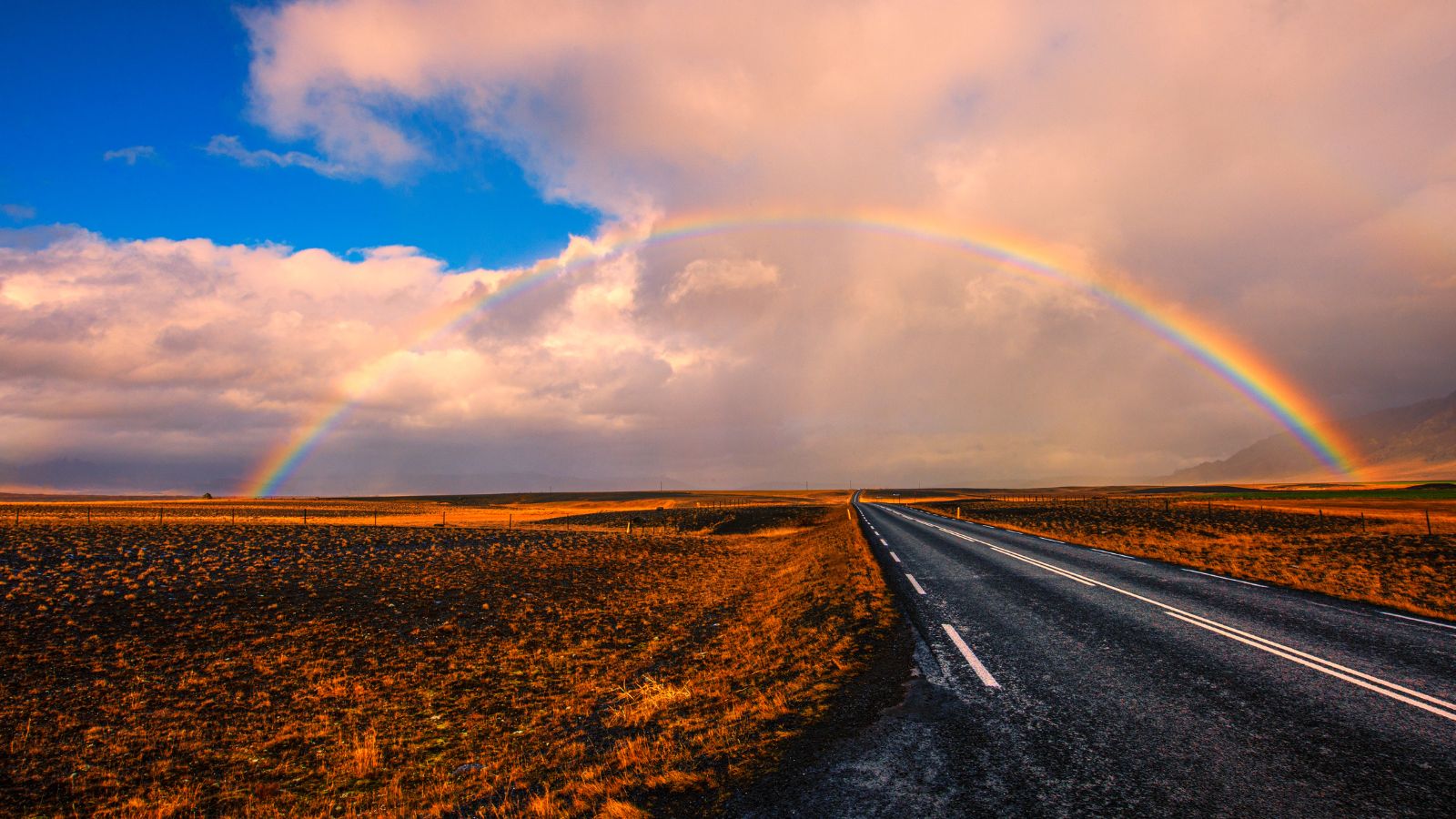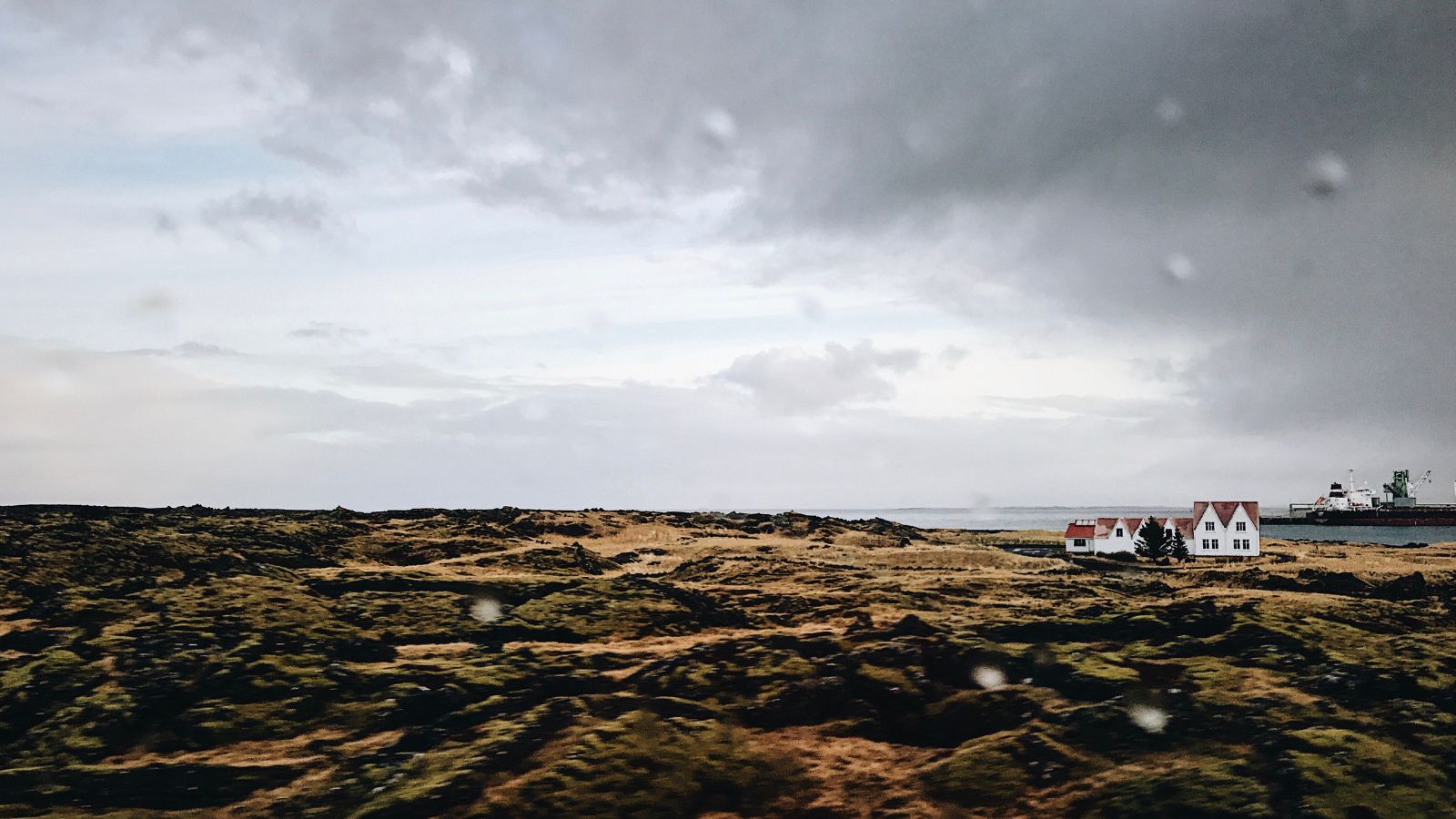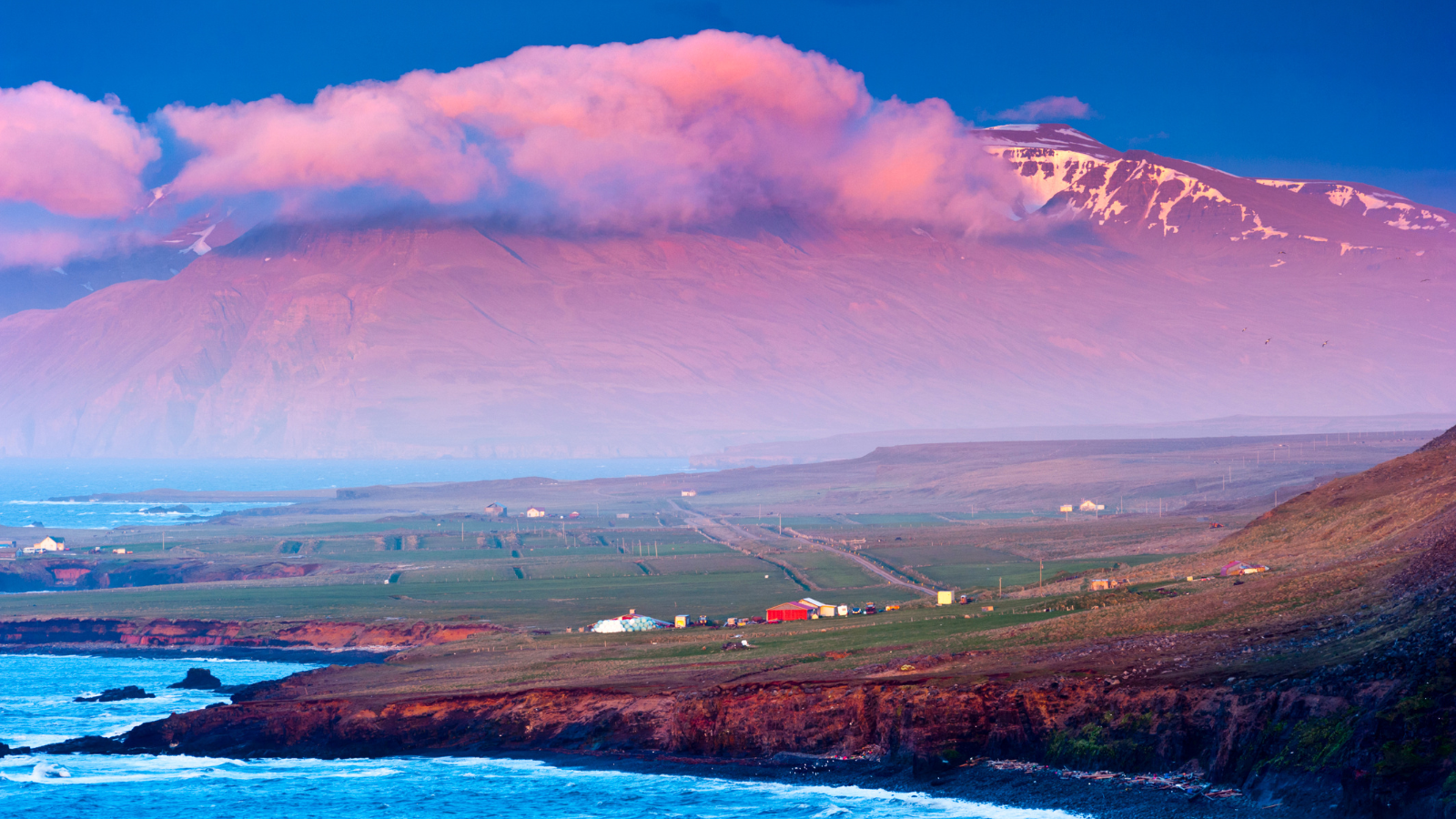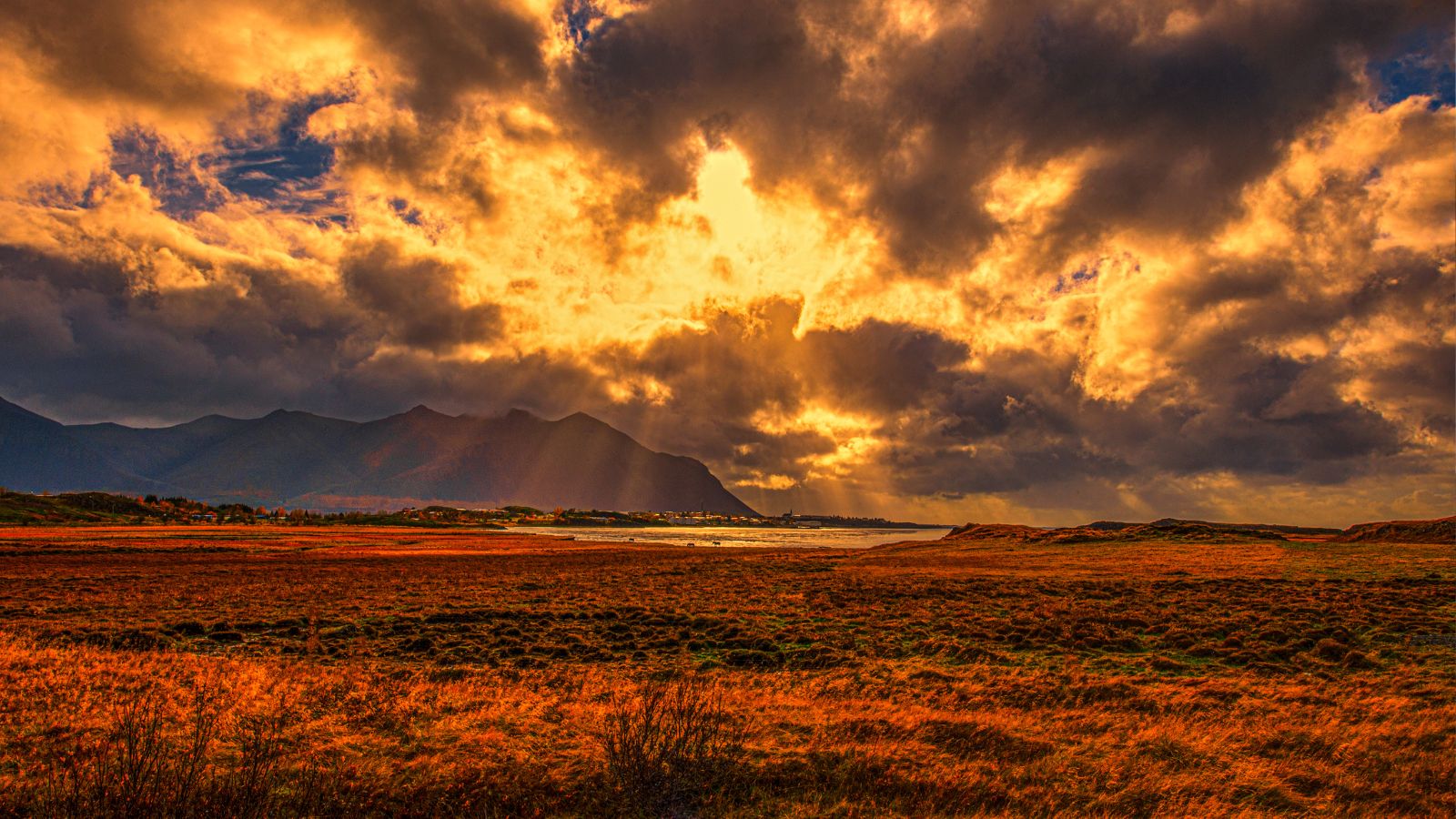
When planning a trip to Iceland, the first factor that many people consider is what the weather will be like when they visit. And for good reason - weather in Reykjavík, and Iceland, in general, can be unpredictable - there is a famous saying that goes, “If you don’t like the weather, just wait five minutes.” The temperatures in Iceland are milder than you might imagine, though these do vary month by month.
Renting a car from Reykjavík and exploring Iceland at your own pace is, in our opinion, the best way to really experience the country. But it’s important to make sure the temperatures and weather, in general, are suitable for the activities you’d like to take part in on your road trip. Here, we’ll tell you exactly what to expect in terms of temperatures in Iceland, every month of the year.

Temperatures in Iceland by Month
Since Iceland’s weather is unpredictable, it’s important to remember that the information provided here is a guide only. Extreme weather can occur in Iceland, even in the capital, Reykjavík, which may make temperatures much warmer or colder than normal. But - on average, here’s what you can expect each month of the year.
January
In the month of January, you can expect average high temperatures in Iceland to range from 35F (2C) to 41F (5C) during the day. Low temperatures average between 28F (-2C) and 33F (1C). This is also one of the darkest months in Iceland, with only five hours of daylight.
February
In February, the average temperature in Iceland remains the same as in January. Expect average highs between 35F (2C) and 41F (5C) during the day. Low temperatures will average between 28F (-2C) and 33F (1C). In February, the days begin to get longer and you can expect about eight hours of sunlight compared to January’s five.
March
In March, you can start to expect Iceland’s temperatures to gradually increase. Expect an average high between 37F (3C) and 44F (7C). Average lows will range from 30F (-1C) to 33F (1C). Daylight hours will increase again, up to about 12 hours.
April
In April, Iceland’s temperatures start to increase a bit more noticeably. Expect daytime temperatures between 42F (6C) and 44F (7C). Lows average between 33F (1C) and 37F (3C). The amount of daylight hours increases to 16, giving you more time to explore the sights.

May
May’s average high temperatures in Iceland are between 44F (7C) and 48F (9C). Lows will range between 37F (3C) and 39F (4C). In May, you can enjoy around 18 hours of daylight.
June
In June, you can expect average high temperatures of 53F (12C), and lows of 46F (8C). June has an astonishing 21 hours of sunlight a day, bringing the famous Midnight Sun, so your adventures can last almost the entire day.
July
July in Iceland brings temperatures that range from 53F (12C) to 57F (14C) during the day. Lows can be expected to be around 48F (9C). Daylight hours begin to decrease now that we’ve passed June’s summer solstice, and you can expect about 19 hours of daylight.
August
Iceland’s August high temperatures tend to be between 53F (12C) and 55F (13C). Lows will be between 46F (8C) and 48F (9C). August brings an average of 16 hours of daylight in Iceland.
September
September in Iceland brings average high temperatures between 46F (8C) and 50F (10C). Average lows are between 41F (5C) and 42F (6F). In September, you can expect 13 hours of daylight in Iceland.
October
During October, average high temperatures in Iceland range from 41F (5C) to 46F (8C) during the day. Low temperatures will be between 35F (2C) and 39F (4C). Daylight hours continue to decrease, with around only 9 hours of sunlight per day.
November
In November, temperatures in Iceland decrease even more, with average highs between 36F (2C) and 41F (5C). Low temperatures will average between 30F (-1C) and 33F (1C). Daylight hours shorten even more to about 5 hours.
December
In December, Iceland's average high temperatures are between 34F (1C) and 39F (4C). Lows average between 28F (-2C) and 32F (0C). December is one of the darkest months in Iceland, with only 4 hours of daylight per day!

No matter what time of year you plan to visit, there’s always plenty to discover in Iceland. As long as you pack right and choose an appropriate rental car, the temperatures won’t stop you from having the time of your life!